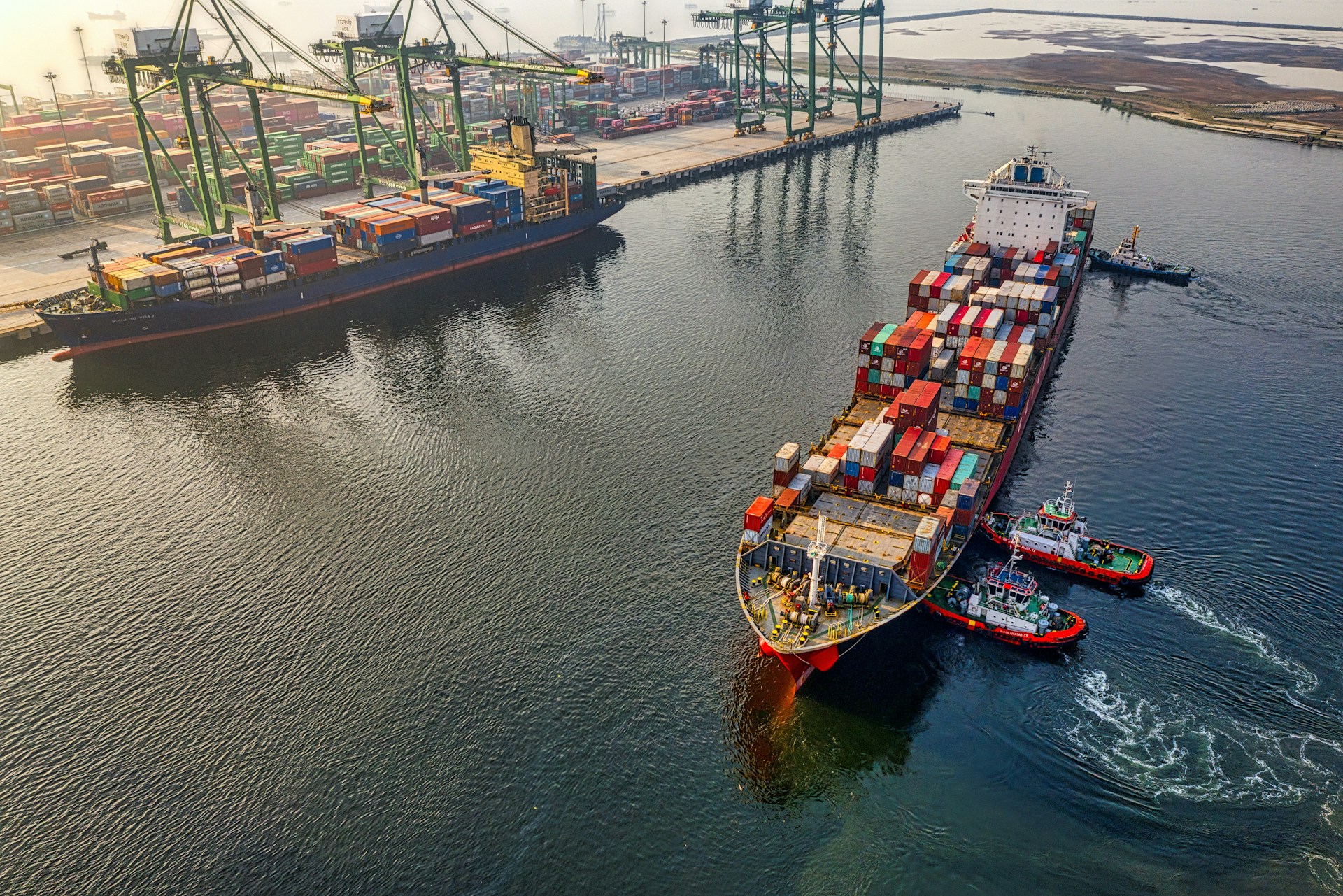Leather is proving its staying power. According to an industry report, leather goods are estimated to grow from a 2021 figure of USD 419.5 billion to USD 720.8 billion in 2030. As an alternative lender, Tradewind Finance is heeding this trend and supporting growth in the industry by increasing their facility lines when needed.
One of Tradewind Finance’s clients, a leather handbag and accessories manufacturer from Kolkata, India, was experiencing this growth momentum first-hand. As the manufacturer’s orders increased, Tradewind Finance scaled up the facility line from an original funding amount of USD 1,350,000 to its current amount of USD 2,400,000. With the upgraded facility, the manufacturer was able to meet the new demands of the business that came with the rise in sales.
Tradewind partners with manufacturers and exporters throughout India who specialize in products like consumer goods, textiles and chemicals. In addition to the firm’s scalable funding, Tradewind’s international presence and strong network of buyers in global markets make it an effective lending partner for Indian SMEs, like it has been in this client’s case.
About Tradewind Finance
Founded in 2000, Tradewind Finance maintains a network of offices all over the world, including Bangladesh, Brazil, Bulgaria, China, Hong Kong SAR, Hungary, India, Pakistan, Peru, Turkey, UAE, and the USA as well as the headquarters in Germany. Combining financing, credit protection, and collections into a single suite of trade finance products, Tradewind brings streamlined, flexible, and best-in-class services to the world’s exporters and importers.



